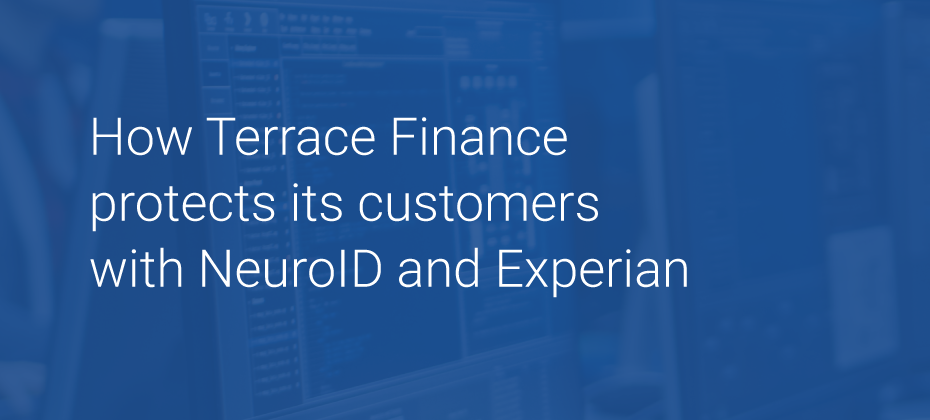
Breaking down, rethinking, and optimizing your debt collection recovery process can be complicated — but you risk falling behind if you don’t invest in your business. From managing live agents to unlocking the latest machine-learning models, there are different options and routes you can take to improve recovery rates.
Debt collection challenges in 2023
Collection agencies have embraced digitization. The benefits are numerous — cost savings, streamlined processes, and improved compliance, to name a few. However, digital tools aren’t cure-alls, and they can even create new challenges if you’re not careful.
- Maintaining accurate consumer data: Quickly reaching consumers can be difficult during times of economic uncertainty. Increased access to data can help you overcome this challenge, but only if you can manage and understand the information. If you simply turn on the metaphorical data streams, you could find yourself drowning in duplicate and erroneous entries.
- Keeping up with rising delinquencies: Delinquency rates steadily rose throughout 2022.1 Although rates may level out for some types of accounts in 2023, collection agencies need a plan for dealing with the potential increased volume. At the same time, continued low unemployment rates could make it difficult to hire and retain agents.
- Managing a tight budget: Recession worries also have companies rethinking expenses, which can impact your ability to increase head count and invest in technology. Finding effective trade-offs is going to be important for debt collection process optimization.
- Staying compliant: We’ve seen some major changes over the last few years, but there’s no time to rest — debt collectors always need to be aware of new state and federal regulations. Digitization might make compliance more difficult if you’re now managing an increasing amount of personal information or using text messages (or other omni-channels) to contact consumers.
WATCH:Keeping pace with collections compliance changes
Five ways to enhance your debt collection process
Here are five ways that debt collectors can overcome today’s challenges and take advantage of new opportunities.
1. Leverage clean data
Continuously updating and checking the accuracy of your data can help increase right-party contact rates. But don’t rely on your internal data and basic internet searches or public records. Leading data and skip-tracing services can give you access to additional data from credit bureaus, alternative financial services, collateral records, business listings and other helpful sources.
Some skip-tracing tools can continuously verify and update contact information. They can also rank contact records, such as phone numbers, to save your agent’s time. And identify consumers in a protected status such as bankrupt, deceased, and active military) and require special handling to help you stay compliant.
2. Implement advanced analytics and automation
High-quality data can also be the foundation for a data-driven approach to collections.
- Use collections-specific models:Although credit risk scores can be a piece of the debt collection puzzle, debt collection recovery models are often a better fit. You may be able to use different models to score accounts based on exposure, risk, willingness to pay or behavioral factors.
- Segment accounts:Increased insights and models also allow you to more precisely segment accounts, which can help you handle larger volumes with fewer resources. For instance, you can more accurately determine which accounts require an agent’s personal touch, which can move forward with an automated experience and which should go to the back of your queue.
The data-driven approach also allows you to increasingly automate your collections — which can help you deal with rising delinquency rates in the face of a tight labor market and budget constraints.
3. Know when and how to make contact
Segmentation and advanced analytics can tell you who and when to contact, but you also have to be mindful of how you reach out. Letters, calls, emails and texts can all be effective in the right circumstances, but no single option will always be best. For example, a text could be ideal when contacting Gen Z, but a call might work best for Baby Boomers.
That’s neither novel nor surprising, but it is important to stay up to date with the latest trends and preferences. Ideally, you reach people on their preferred channel at an appropriate time. You may also need to continually test, monitor and refine your process, especially if you want to increase automation.
READ:Digital Debt Collection Future white paper
4. Offer financially appropriate treatments
In addition to picking the right communication channel, consider the payment options you offer consumers. Various payment plans, settlements and policies can directly affect your recovery rates — and what performed best in previous years might not make sense anymore.
Chatbots and virtual negotiators can also help improve recovery rates without straining your agents’ time. And for accounts that will likely self-cure, automated texts or emails with links to self-service portals could be an ideal solution. Expanding payment methods, such as accepting payments from digital wallets when you’re sending a text message, could also make sense.
However, you want to be sure you’re not wasting time or money by contacting consumers who don’t have the means to make a payment. Instead, set those accounts aside for now, but monitor them for changes that could indicate their financial situation has changed — such as a new credit line. Then, try to offer a solution that will likely fit the consumer’s circumstances.
5. Invest in your live agents
Modern debt management and collection systems focus on digitization and automation, and these can improve recovery rates. But don’t forget about your front-line agents.
There will always be times when a personal touch gets you further than an automated message. Continued training and ongoing recognition can be important for retaining top performers, maintaining compliance and increasing agents’ effectiveness.
Partner for success
Implementing an efficient and effective collections strategy can require a lot of work, but you don’t have to go at it alone. Experian offers various debt collection solutions that can help optimize processes and free up your organization’s resources and agents’ time.
Tap into our industry-leading data sources — including traditional credit data, alternative financial data and over 5,000 local phone exchange carriers — to find, update and verify account information. Available on the cloud or with secure file transfers, the TrueTrace™ and TrueTrace Live™ tools have led to a 10 percent lift in right-party contact rates compared to competitors. When it comes to optimizing outreach, you can prioritize accounts with over 60 industry-specific debt recovery scores via PriorityScore for CollectionsSM. Or work with Experian to create custom models for your organization.
For an end-to-end decisioning solution, our AI-driven PowerCurve® Collections solution draws from internal and external data to determine the proper customer contact frequency, channel and treatment options, including self-service portals. Create your own strategies and workflows and manage the entire process with a single dashboard, cloud-based access and integrated reports.
1Experian. (February 2023). Credit Scores Steady as Consumer Debt Balances Rise in 2022


